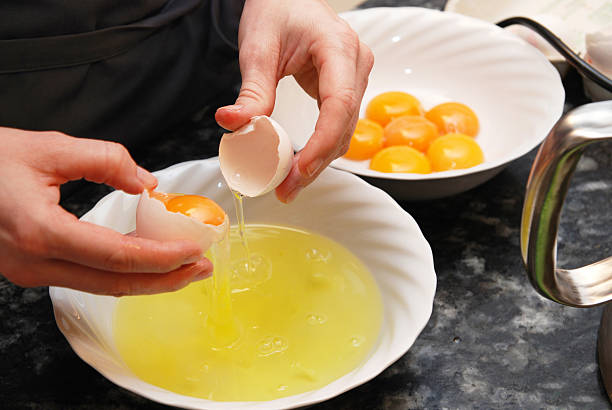You need to be knowledgeable about food safety, whether you are a chef, hotel manager, or home cook. There are 2.4 Million cases of food poisoning each year in the UK. While most people recover in a few days, severe cases can be fatal. Salmonella is the most common type of food poisoning.
This article will explain what Salmonella is and the symptoms associated with it. We’ll also talk about the most common salmonella causes and how you can avoid them.
What is Salmonella?
Salmonella bacteria is a group that causes food poisoning by affecting the intestinal tract. There are 2,400 Salmonella bacteria types, the most prevalent being Salmonella enteritidis or Salmonella typhimurium. Salmonellosis is another name for a Salmonella infection.
It is estimated that Ferrero manufactures Kinder products. These outbreaks are rare, however.
Salmonella bacteria are found in the intestines and stomachs of many farm animals. They can be passed onto food products during processing, slaughter, and rearing. They can also be found as pests in rodents, mice, flies and domestic animals.
Insufficient cooking and bacterial cross-contamination are common ways bacteria can be spread.
Salmonella contamination can cause food to look, taste, and smell different from other foodborne diseases. It is important to understand how Salmonella occurs to prevent it from spreading.
What are the symptoms of Salmonella?
Salmonella symptoms typically appear between 6 and 6 days after eating contaminated food. Although symptoms may vary depending on the individual, these are possible signs and symptoms of Salmonella.
Diarrhoea.
Fever.
Nausea or stomach cramps.
Vomiting.
Headaches.
Chills.
Most people will feel better within a few days. Salmonella, like other forms, can cause severe illness in people with weak immune systems. If fluids aren’t replenished, Salmonella can cause dehydration.
Typhoid fever can be caused by Salmonella typhimurium and other Salmonella strains. This serious bacterial infection can lead to severe complications and even death.
What Causes Salmonella?
We know that Salmonella bacteria live in the intestines and stomachs of many farm animals. Other foods, such as fruits, vegetables, and shellfish, can be contaminated by contact with human and animal faeces, for example, sewage that has been mixed into water or manure used to fertilize the soil. Consuming contaminated food can lead to infection.

